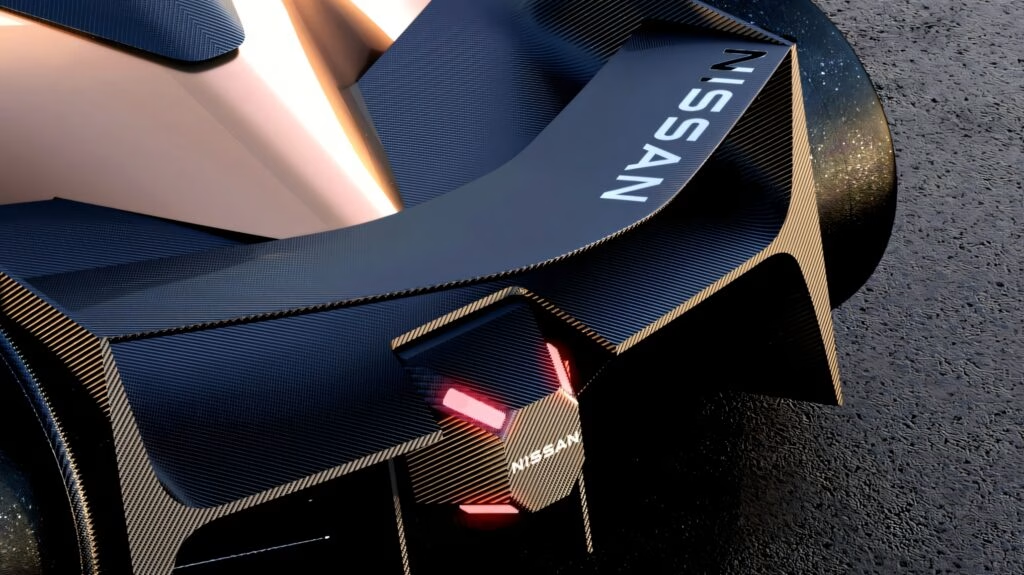How Could Formula E Tech Transform Nissan’s Next Electric Performance Cars?
Nissan’s ambitions for its next generation of electric performance cars are taking a sharp turn—straight onto the racetrack. Rather than just sticking to tried-and-true mainstream models, Nissan is eyeing the bleeding edge: leveraging its Formula E racing program to breathe new life into its Nismo performance lineup. It’s a bold move, especially as the brand seeks to reestablish its identity in an increasingly crowded EV market.
What’s the Real Link Between Formula E and Road Cars?
You might be wondering, does racing tech really make a difference for cars you can actually buy? In Nissan’s case, the answer is shaping up to be a resounding yes. Tommaso Volpe, who leads Nissan’s Formula E efforts, has been candid about the company’s plans to bridge the gap between the racetrack and the street. The idea: use Formula E’s cutting-edge electric motors and software as a springboard for high-performance prototypes that could eventually become the backbone of future Nismo models.
This isn’t just marketing fluff. Formula E’s Gen4 regulations, set to debut in the 2026/2027 season, will push electric race cars to a staggering 800 horsepower—nearly double the output of today’s top-tier EVs. That’s not just fast; it’s a whole new league of performance, and Nissan wants to be first in line to bring that experience to everyday drivers.
Why Is Nissan Betting Big on All-Wheel Drive and Dual-Motor Setups?
Here’s where things get interesting. The new Gen4 Formula E cars will feature all-wheel drive, a move that wasn’t just a racing decision—it was heavily influenced by Nissan and other manufacturers who see AWD as the future for high-performance EVs. This aligns perfectly with Nissan’s existing expertise, like the e-4ORCE system in the Ariya, which can independently control torque at each wheel for razor-sharp handling and grip.
Imagine a future Nismo prototype, powered by a dual-motor setup derived directly from Nissan’s Formula E car. We’re talking about a platform that could deliver not just straight-line speed, but also the kind of agility and control that makes a car genuinely thrilling to drive. It’s not just about raw numbers; it’s about translating race-proven tech into something you can feel on your morning commute—or your favorite backroad.
Is the Current Nismo Lineup a Sign of What’s to Come?
If you’ve checked out the Nismo version of the Ariya, you might be underwhelmed. Sure, it’s got a bit more punch than the standard model, but it’s not exactly the hardcore, track-ready machine you might expect from the Nismo badge. Volpe himself admits that the current Ariya Nismo hasn’t benefited from Formula E tech—yet.
But that’s set to change. The plan is to develop prototypes that start with a standard chassis, then infuse them with motorsport DNA. These testbeds would allow Nismo engineers to fine-tune performance, efficiency, and handling before rolling out production models that genuinely earn their stripes. It’s a more deliberate, data-driven approach, and it could finally give Nissan the kind of electric halo car that enthusiasts have been craving.
What’s Driving Nissan’s Push for Multiple Electric Halo Models?
Nissan’s leadership isn’t shy about their ambitions. Ivan Espinosa, the company’s chief executive, has hinted at plans for four or five halo models—cars designed to showcase the very best of what Nissan can do. These aren’t just vanity projects; they’re strategic moves to rebuild excitement around the brand and attract a new generation of performance-minded EV buyers.
Recent industry data backs up this strategy. According to a 2023 report from the International Energy Agency, global EV sales are expected to surpass 17 million units in 2024, with performance-oriented models accounting for a growing share of that market. Brands that can offer both everyday practicality and genuine excitement are poised to win big.
How Soon Could We See a Formula E-Inspired Nismo on the Road?
While Nissan hasn’t set an official timeline, the convergence of Gen4 Formula E tech and Nismo’s engineering know-how suggests that a prototype could be just a few years away. If all goes according to plan, the first road-going models could follow soon after, bringing with them not just blistering acceleration, but also advancements in battery management, regenerative braking, and software-driven performance tuning.
It’s worth noting that this isn’t just a Nissan story. The entire automotive industry is watching closely as manufacturers experiment with transferring racing innovations to consumer vehicles. The result? We’re on the cusp of an era where the line between race car and road car gets blurrier by the day.
What’s the Big Takeaway for Drivers and Enthusiasts?
The big takeaway? Nissan’s next chapter isn’t about perfection—it’s about smarter adjustments. By channeling the lessons learned on the Formula E circuit into its Nismo lineup, Nissan is betting that performance, efficiency, and excitement don’t have to be mutually exclusive. Start with one change this week—maybe it’s following the latest in EV tech or test-driving a current Nismo—and you’ll likely spot the difference by month’s end. The future of electric performance isn’t just coming; it’s being engineered, lap by lap, right before our eyes.

